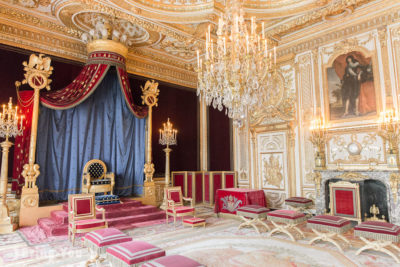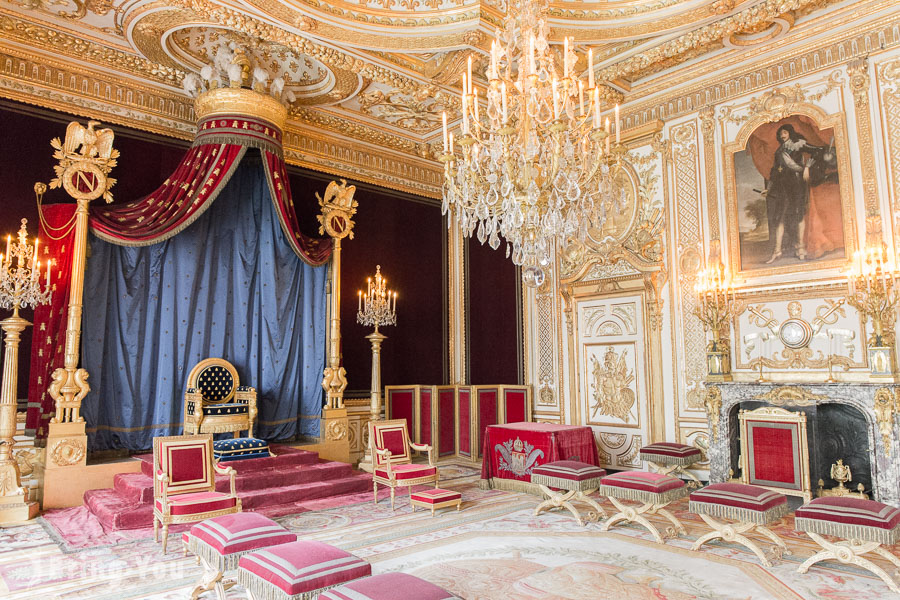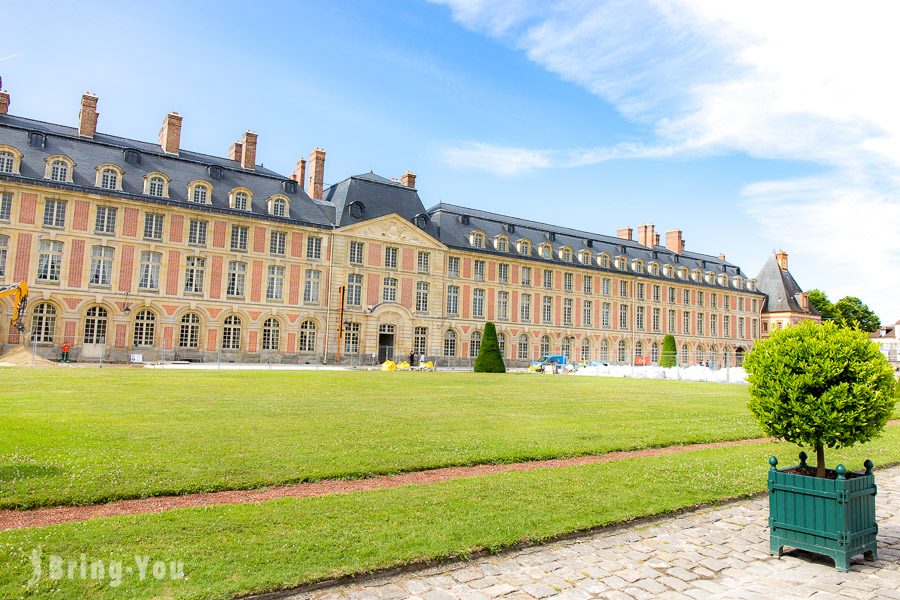
There is endless debate when it comes to which palace offers a better experience. Is it château de Fontainebleau, or is château de Versailles?
Well, for me, each palace has a different feel. Both of them are marvelous with a grandeur of beauty steeped in time and exquisite designs.
However, if you’re keen on somewhere lesser known so you don’t have to elbow out with other tourists, then château de Fontainebleau is a better call!
55 kilometers southeast of the center of Paris, château de Fontainebleau beckons 300,000 visitors per year.
Getting to Fontainebleau is as easy as a trip to Versailles. All you need is to take a metro. It was no more than 40 minutes. But there’s one thing that may interest those who don’t like lining up: the queue is estimated to be 20 times shorter than those at Versailles.
So now you have me here, writing everything I want you to know before visiting château de Fontainebleau, from obtaining ticket deals, getting there, what to see, essential tips, and more.
Is Fontainebleau Worth A Day Trip From Paris?
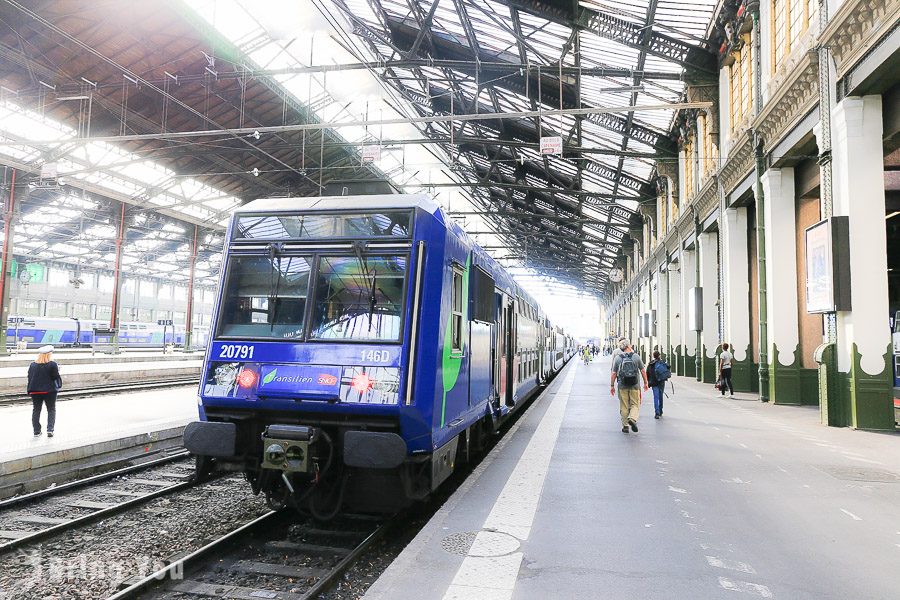
All you need is a quick 40-minute train ride from Gare de Lyon on the east side of Paris in the 11th arrondissement to Fontainebleau Avon railway station.
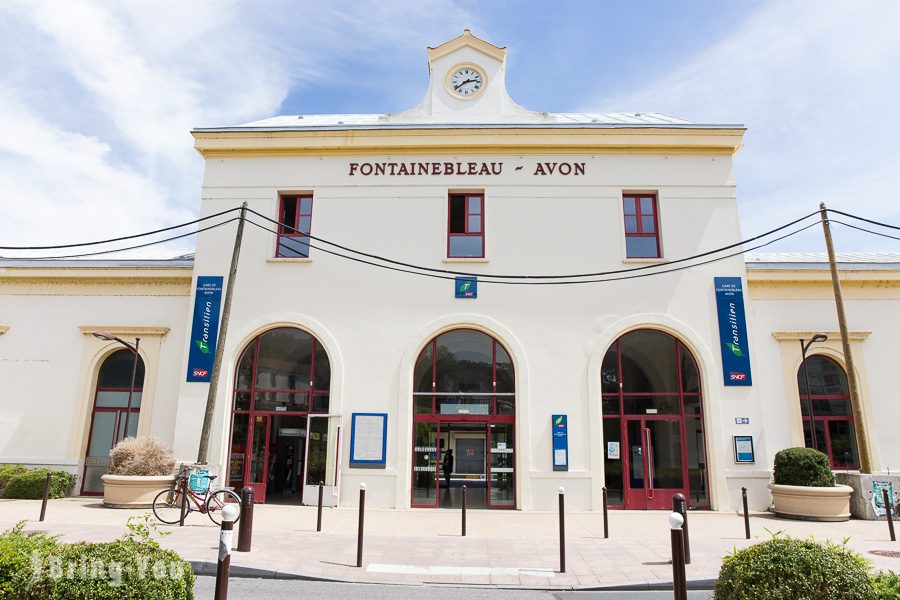
On the way out, there is a bus terminal on the right side of the entrance. Wait for the bus marked “Line 1” to arrive at Fontainebleau in the next 10 minutes.
If you plan to cover most places by metro, it’s better if you have a Navigo Weekly Card Pass Navigo so you can ride the metro for free.
Château de Fontainebleau Ticket: Free Admission, Skip the Line, and More
Use the Paris Museum Pass
I visited a lot of places in Paris and France as a whole. And let me tell you, it will be a pain in the neck if you buy a ticket at every single place without any discount. So, what’s the wiser move?
Paris Museum Pass here you come.
With that in hand, I got free admission and skip-the-line access to more than 50 attractions.
Arc de Triomphe? Check.
Musée d’Orsay? Check.
Bell Tower of Notre Dame Basilica? Check.
Can You Buy a Paris Museum Pass At a Museum?
Hmmm yes, but there are many other locations to collect it including the tourist centers at Charles de Gaulle and Orly, museums, and other monuments listed in the pass. The worst places to buy the Paris Museum Pass are at one of the famous attractions such as the Palace of Versailles, the Louvre, and the Musée d’Orsay if you want to be consumed by the insanely long queues.
In my case, I bought the pass online days before I landed at Charles de Gaulle. I don’t have to queue for anything, no language barrier of course, and it’s not eating up my budget at the end of the day either.
What’s So Special about the Château of Fontainebleau?
Wondering how large the palace is? To give you an idea of how expansive this place is so you can get your legs ready, Fontainebleau has over 1500 rooms within its walls.
Don’t freak out, as long as your fitness level agrees, your kids won’t be screaming during the visit, or your parents are happy with a long walk, then you’re fine.
Each of the rooms pops out behind each wall. I love the grand garden (Grand Parterre) the most (there are about four gardens as I remember). And then we have ballrooms with furniture straight out of a daydream. The galleries hung up on the walls are waiting to hypnotize you at every turn.
History of Château of Fontainebleau
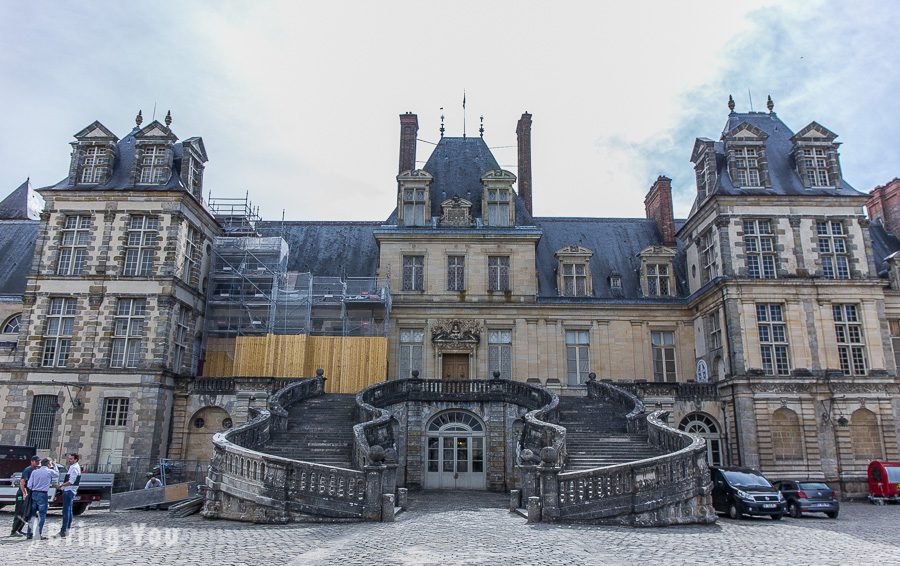
King Louis XIV loved hunting. Every fall, he would take up two months of residency at the château in Fontainebleau just for this royal pastime. And every time he stopped by, he liked it so much that he decided to add another property piece by piece (you know… it’s never large enough for the royal family anyway).
The first stone was laid for the foundation of the château in 1137, 500 years earlier than the Palace of Versailles. And the first chapel was added in 1169.
What to See Inside the Château of Fontainebleau?
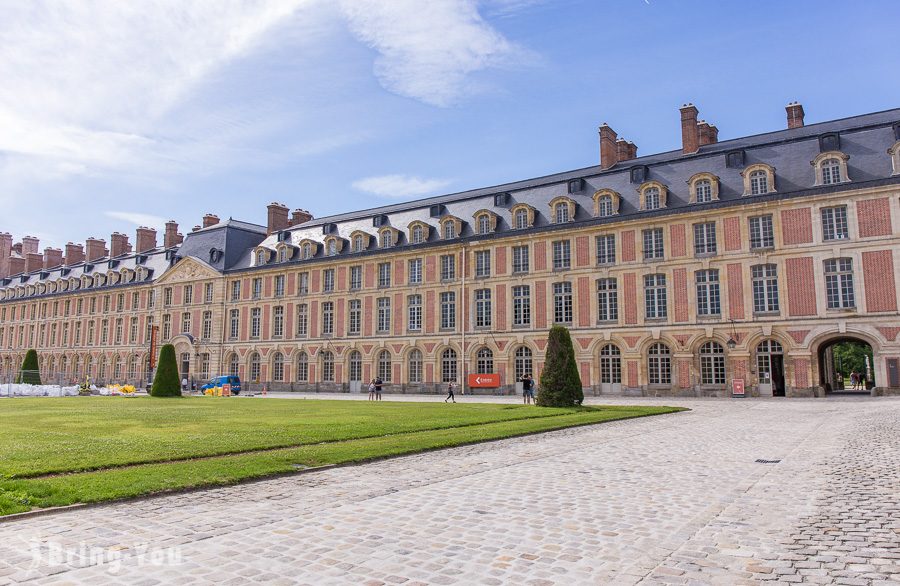
The Renaissance Hall
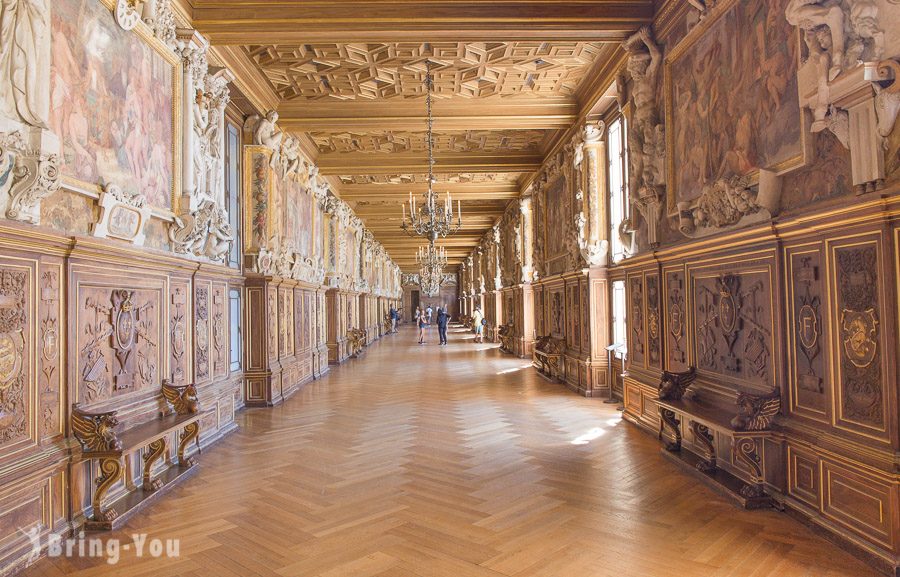
The majestic hall serves as the bloodline of the building. It was originally built in 1137 as a royal residence and hunting lodge. However, not until the reign of François I did he decide to inject a so-called ‘French Renaissance’ into the design, creating a Fontainebleau significance that began in 1528.
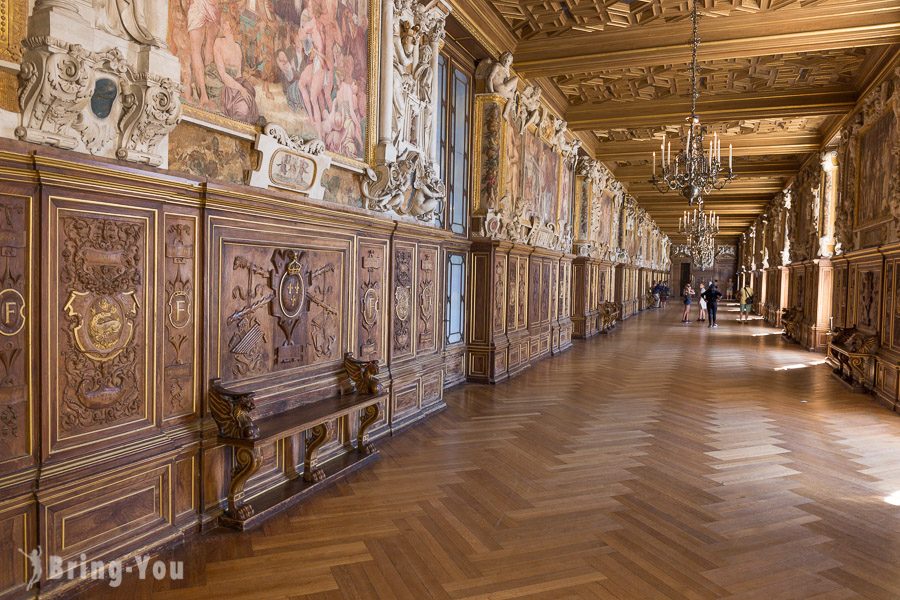
Just so you know, François I had a big appreciation for Italian arts. He then summoned the greatest artists in the country to the palace with their works of art hung on the wall, including a portrait in François’s royal bathroom besides other masterpieces brought by Raphael and Michelangelo.
Throne Room
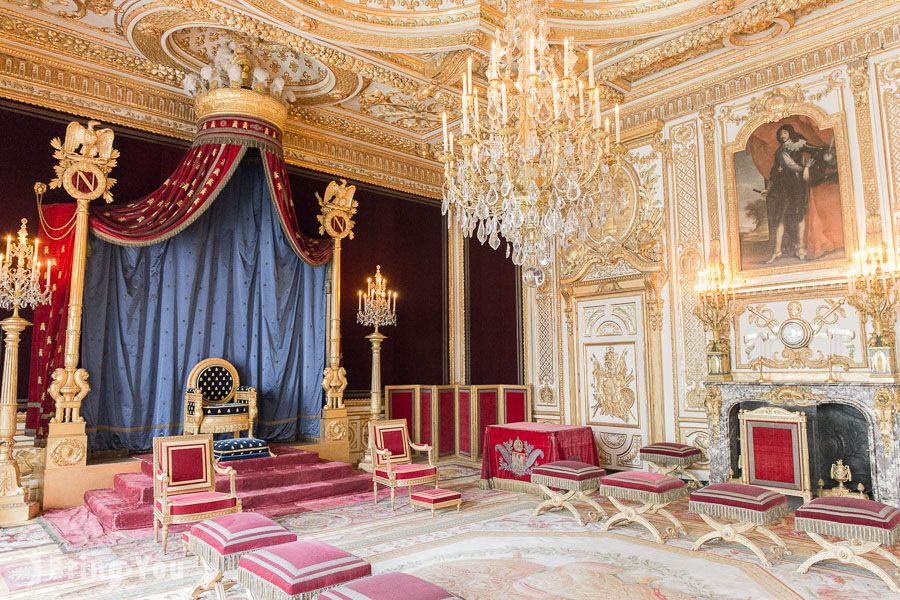
The Throne Room was built on the skeleton of a former King’s bed chamber. Napoleon switched the bed with a throne in the exact location.
Queen’s Bedroom
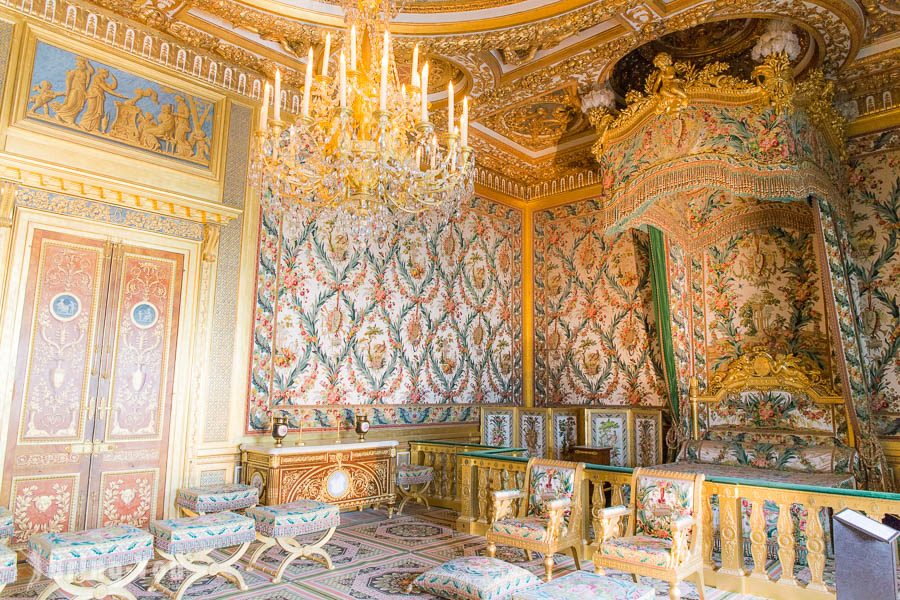
The Queen’s Bedroom served all generations of the Queens and Empresses of France. The overall design was renovated over time, which means the original design changed a lot compared to the first day it was there.
For instance, the ceiling hanging over the bed was brought there in the 17th century upon the Dowager Queen Anne of Austria’s order. She was the mother of Louis XIV.
The Pope’s Apartment
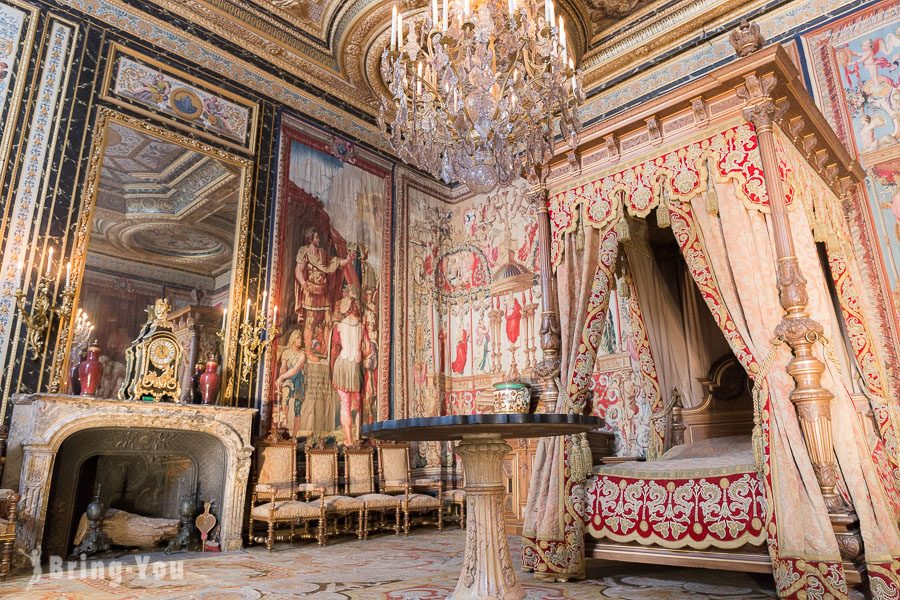
The Pope’s Apartment is one of the most lavish designs I’ve ever seen. Sometimes I wonder how long it took them to build this whole thing. It seems like every single detail you look at is a masterpiece itself. All the woodwork, paintings, and illustrations compete for your attention.
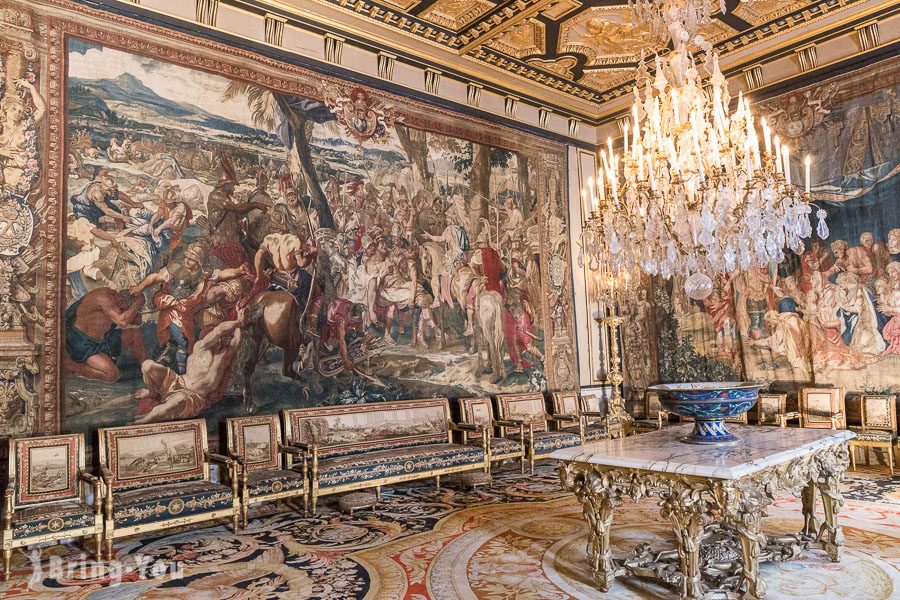
It was named as such after Pope Pius VII’s visit in 1804 when he was on his way to Paris to crown Napoleon I. The Pope stayed there twice. The second time he was escorted to this very place under the supervision of Emperor Napoleon himself. He was ‘captured’ as a prisoner.
Salle de Bal
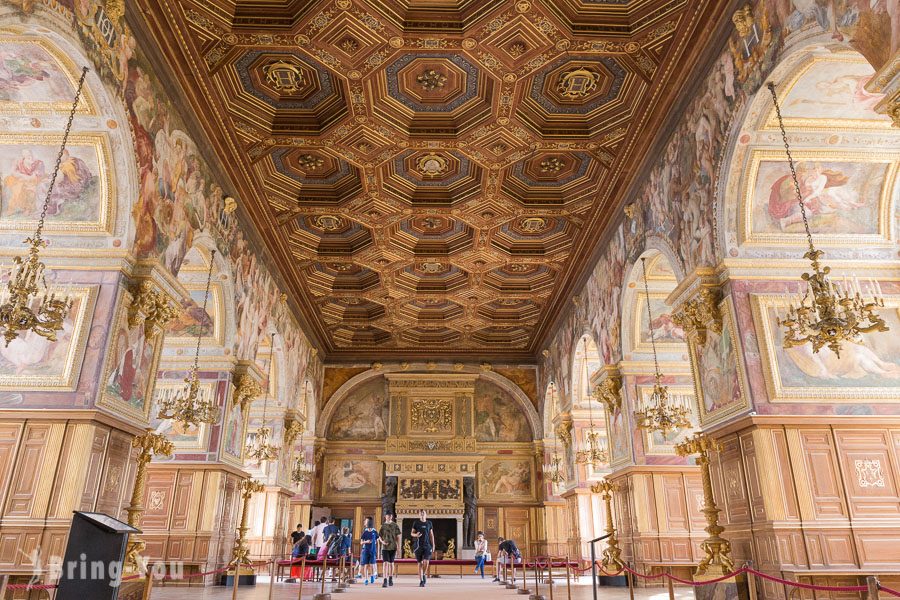
Petits Appartements
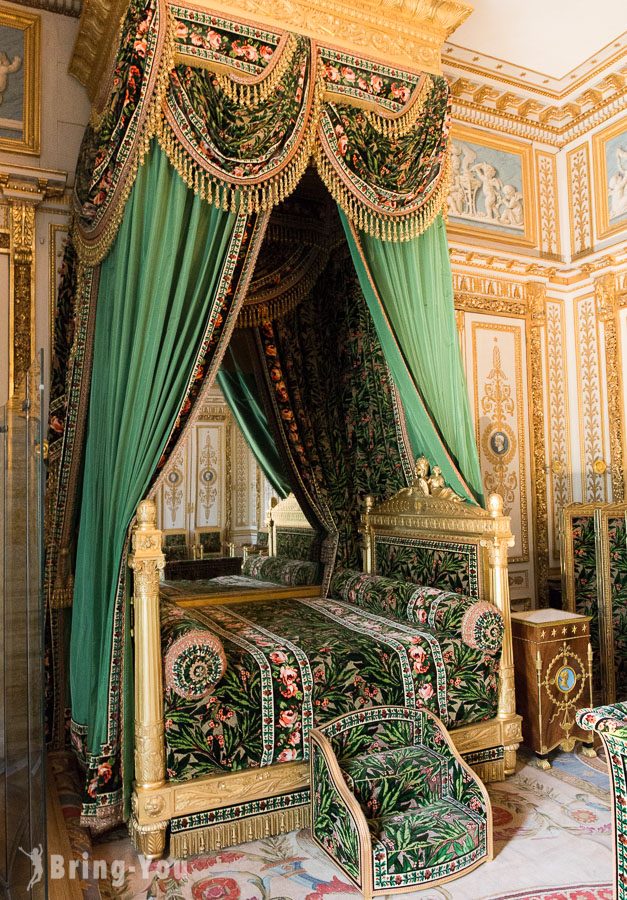
The Château Gardens
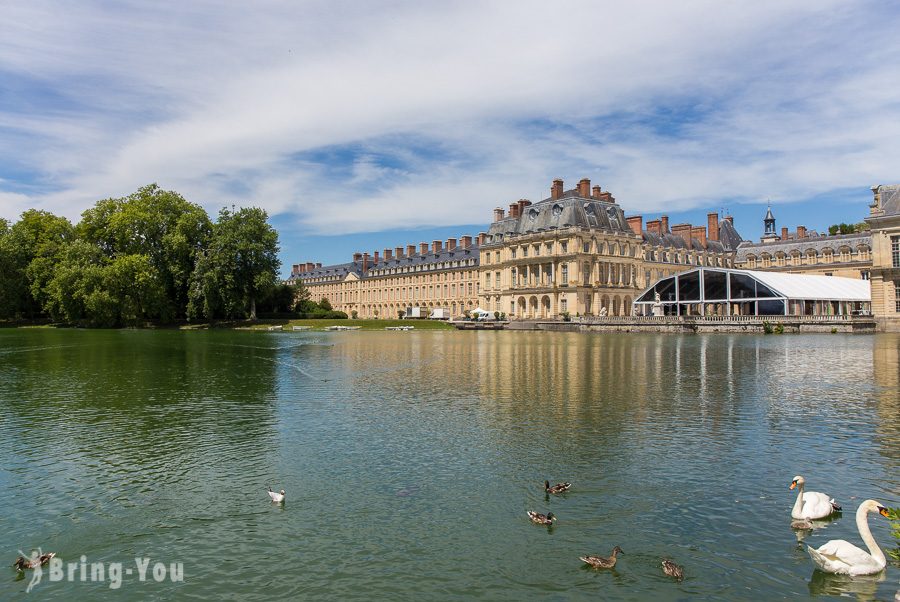
Nothing screams ‘Rêvasser’ louder than a walk in these beautiful gardens. Time doesn’t exist when you roam without plans in these abundant, sun-soaked getaways. There are not only one, but 5 different gardens co-existing within Fontainebleau’s complex, including the Grand Parterre, the English Garden, the Garden of Diana, the Carp Lake, and the Park.
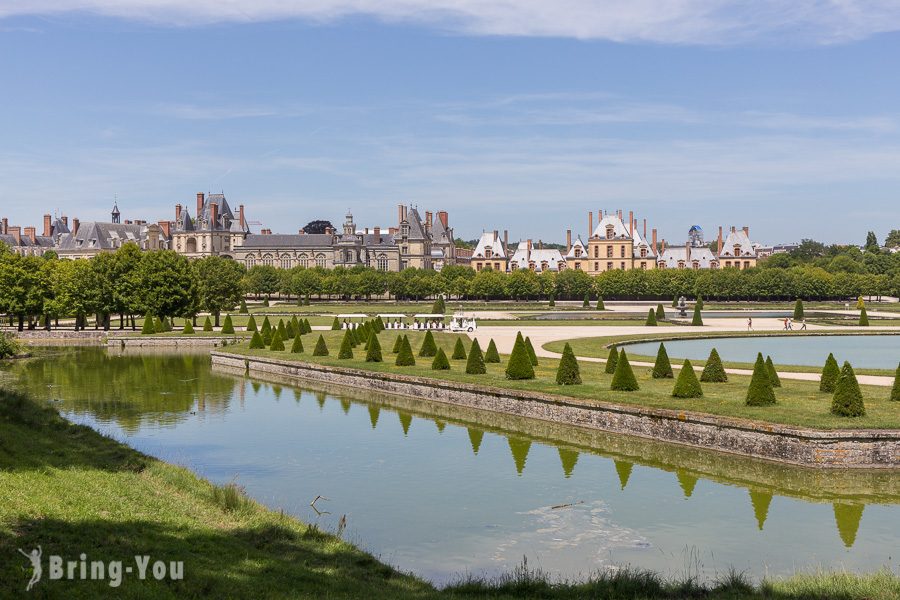
These gardens took their turn to appear somewhere between 1660 and 1664 and were designed by André Le Nôtre and Louis Le Vau. They represent an amusing design of a typical French garden style featuring fountains and flower beds.
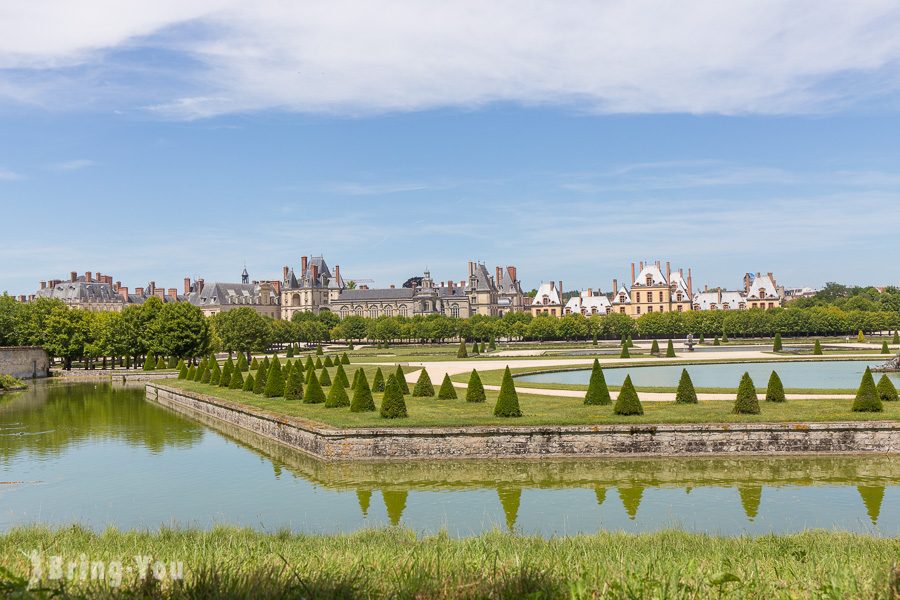
Summer is the best time to visit those gardens when there are over 45000 plants to blossom. On the edge of the Grand Parterre, there is the Basin des Cascades. From there, you will eventually end up at the Domain of the Fontainebleau Palace.
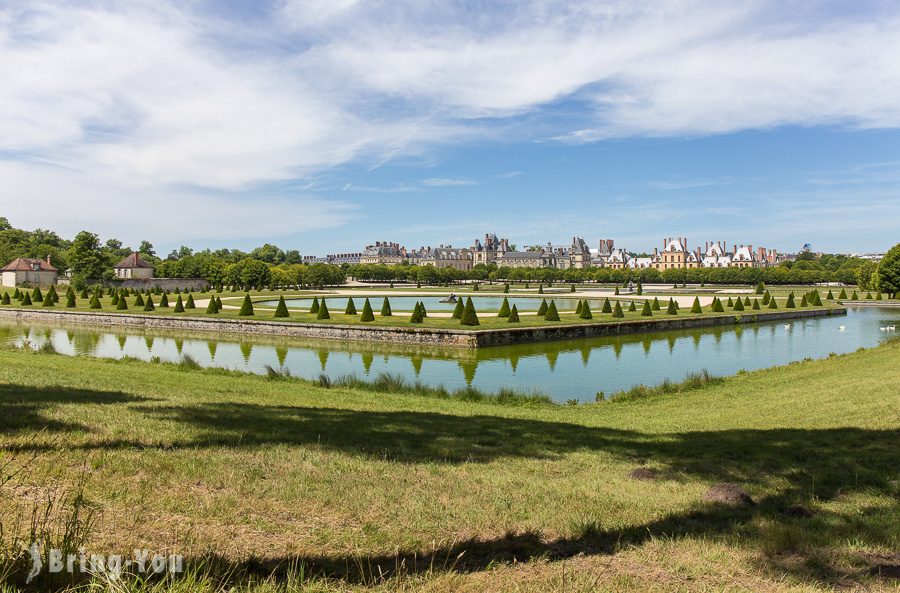
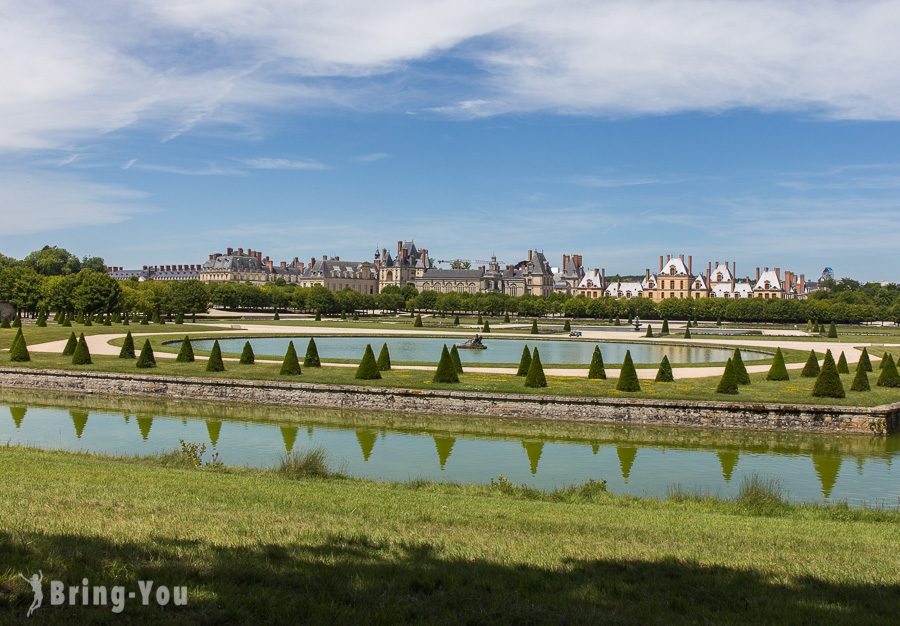
If you fancy palaces as much as I do, then a visit to Palace de Versailles is an absolute must. Check out my travel tips and ideas along with other curated guidebooks I made for your trips to France:
- Lyon Travel Guide: How to Spend a Day in Lyon, Attractions, Bouchons, and More
- Is Reims Worth Visiting? A Day Trip from Paris to G.H.Mumm, Cathédrale Notre-Dame, and Eugène Mercier
- A Day Trip to Arles from Avignon: Follow Van Gogh’s Trail of Art
